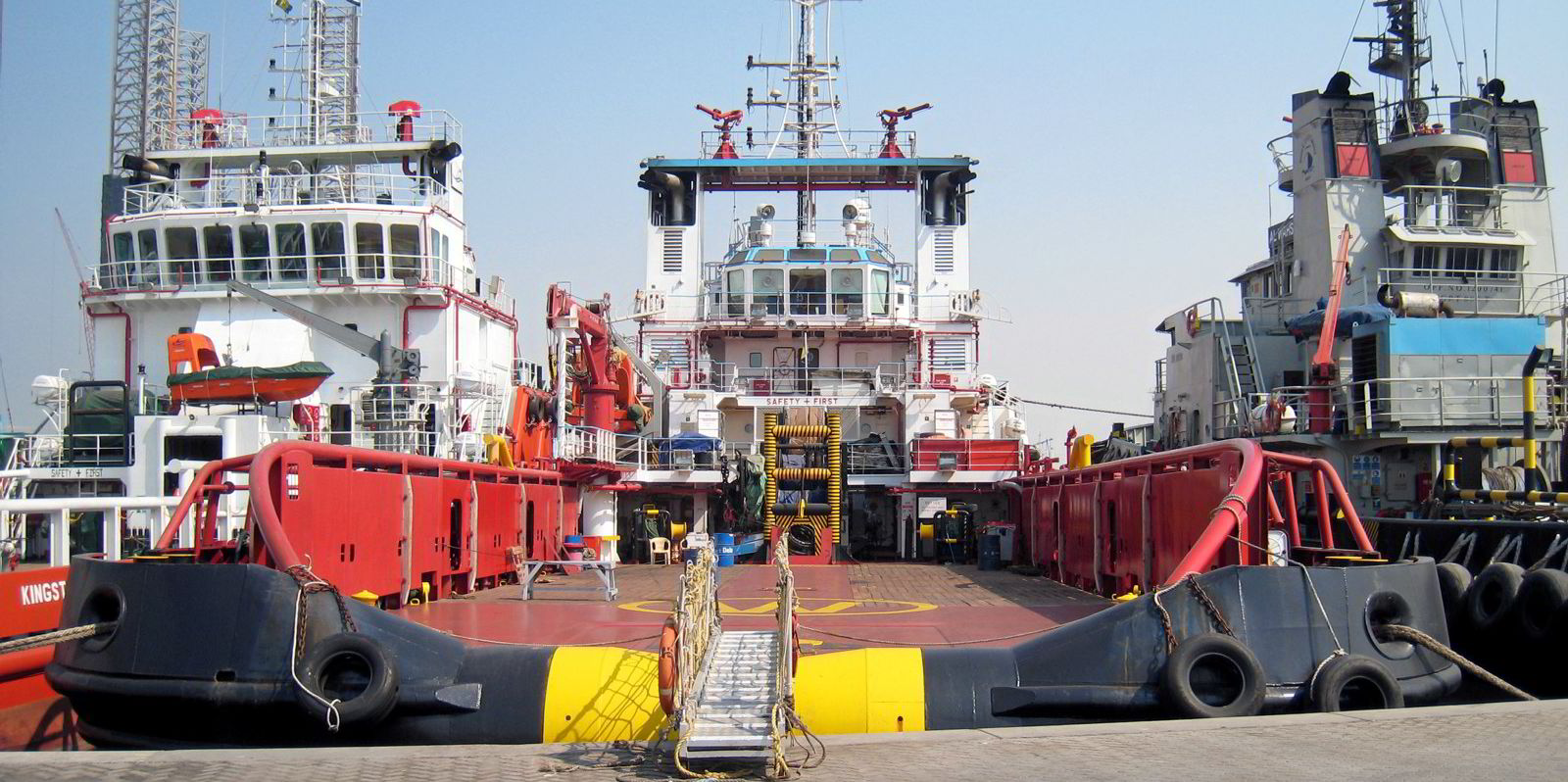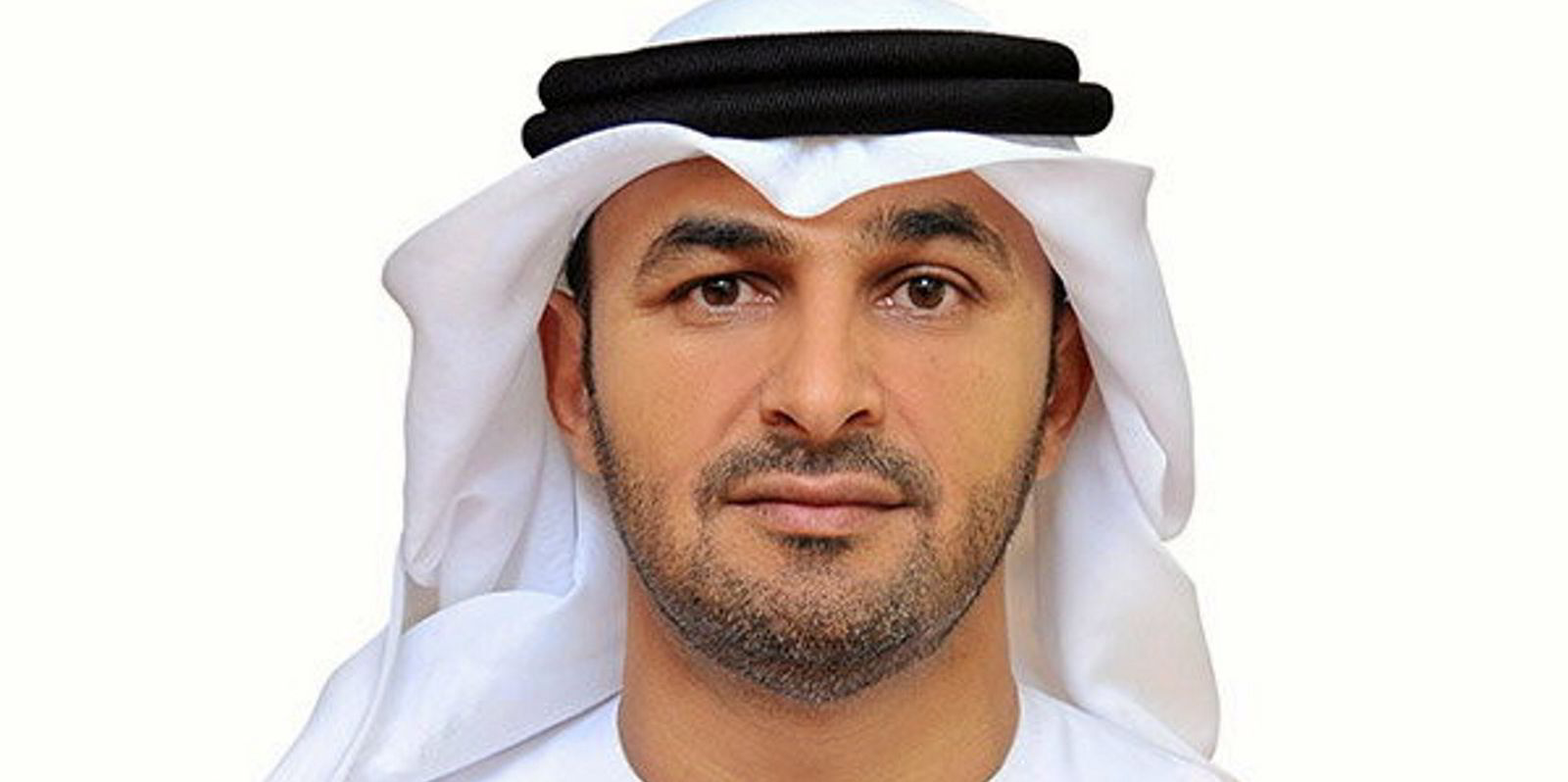Just about every offshore support vessel in the Middle East is back in action. Demand for their services is so strong that oil majors working in the offshore oil and gas industries there are getting increasingly worried that they may be unable to get the ships they need.
This is leading to a relaxing of 15-year age limits on vessels that oil majors have steadfastly maintained until now.
After nearly a decade of underinvestment, the region’s offshore sector is set for sustained growth, with almost $70bn of projects set to be awarded in 2023 — around 30% more than in 2022, according to Mohamed Al Ali, senior vice president of operations for offshore logistics at Abu Dhabi National Oil (Adnoc).
Most of that investment is for projects in Saudi Arabia, the United Arab Emirates and Qatar, Al Ali told delegates at an offshore forum during the recent Seatrade Middle East conference.
“The Saudi market is one of the biggest reasons why this region has uplifted,” Ali said.
Saudi Aramco will need to increase its OSV fleet from 300 to 450 vessels over the next few years, based on the number of rigs it has contracted and is predicted to contract up until 2025. And that is just the Saudi market. Offshore activity in the UAE and Qatar is also increasing at a furious pace.
That leads to the obvious question of where these OSVs — especially platform supply vessels, dive support vessels, anchor-handling tug supply vessels, pipelayers and shallow water construction vessels — will come from.
Utilisation rates for OSVs in the Middle East are already well into the 90% range. Martin Helweg, chief executive of P&O Maritime Logistics, said demand has depleted available capacity.
“We get a lot of customers who get upset when we are unable to provide them with a vessel,” he said.
Strong competition
Asia, a market which uses similar smaller, shallow-water OSVs to companies in the Middle East, is also seeing healthy demand for tonnage — and there is also strong competition from offshore wind.
Mark Kachouh, general manager of commercial at Britoil Offshore Services, noted that it is difficult for larger, deepwater OSVs to work in the Middle East due to their size and the way logistics networks are set up.
Newbuildings are not a solution for now. Few, if any, OSVs have been built since the offshore crisis of 2014. Even if OSV operators wanted new steel, the yards that construct them are busy with other types of vessels and banks are still largely averse to lending to the offshore sector.
Helweg argued that while there is a lot of “friendly capital” in the Middle East that is not averse to offering financing to offshore vessels against 10-year charters to national oil companies that “have a strong pipeline going forward”, the rates being earned right now do not justify new vessel orders.
At the same time, the existing OSV fleet is ageing, with the youngest vessels now reaching the seven to eight-year age mark.
This is further reducing the supply of OSVs for oil majors, almost all of which have insisted on 15-year age limit on vessels they are prepared to charter.
“The most logical answer will be to extend the age in contracts and use older vessels,” Sea Horizon Offshore chief executive Danial Kaabi said.
There are signs that the oil majors are beginning to bow to the inevitable. Al Ali conceded it was something Adnoc was looking into.
“Age is an inherited standard we have followed for many, many years,” he said. “I don’t think there was a scientific methodology that was followed to define this age. It is not something we cannot review and change.”
Exceptions granted
Kaabi noted that Saudi Aramco is already backing off on age restrictions, willing to accept vessels of up to 20 years on some tenders, provided they are upgraded.
Helweg said he had also seen tenders specifying vessels of up to 20 years from oil majors, as well as exceptions being granted on tenders specifying ships of up to 15 years.
“We see it now and we will see a lot more of it,” he said.
Matthew Tremblay, vice president of offshore markets at American Bureau of Shipping, also dismissed the need for an age restriction, arguing that the suitability of an OSV comes down to how well it has been maintained and whether it has the capacity to perform what is required.
“People who are writing 15-year age limits in contracts are not going to get much work done,” Tremblay said.





